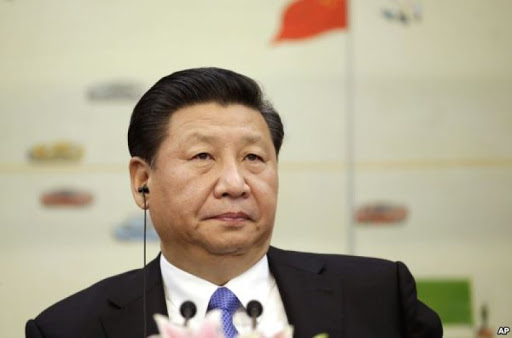Whether it is the Coronavirus count or the GDP growth rate- China doesn’t release real numbers, it issues fabricated figures to play mind games with the world. Beijing is at it again. The exports-based economy is facing backlash across the world and yet it claims that its economy has rebounded spectacularly and its GDP has grown at a rate of 3.2 per cent in the second quarter this year from a year earlier.
Chinese exports are falling, the US is punishing China constantly. Huawei- the biggest private Chinese company is losing markets across the world and major Chinese apps are facing intense boycotts. How can the Chinese economy pick up then, especially when it shrunk by a massive 6.8 per cent in the April quarter?
China is creating the mirage of recovery in its economy and this comes at a time when several powerful nations are taking strong action to reduce their dependence on China. As investors and companies flee, China wants the world to believe that it is the best place to bid on post-pandemic.
But Chinese GDP figures are hardly trustworthy. The Chinese Premier Li Keqiang had himself called the GDP numbers “man-made and therefore unreliable” in the year 2007. He was then the Party Secretary of Liaoning Province.
This year, in April, Beijing reported that its economy had shrunk by 6.8 percent, it had come as a major surprise for the entire world. China is known for overstating its GDP statistics and this was the first time that it reported such a huge contraction.
What the world failed to see is that China reported its biggest contraction since 1976, only because it suited the larger narrative at that time. It was in the month of April, when the Chinese virus was spreading its tentacles across the world. Apart from the loss of lives, the Pandemic destroyed livelihoods and economies across the globe.
The world was slipping into a recession, and the anger was growing, so to avoid a backlash China wanted to make sure the world knows that the Coronavirus Pandemic ravaged its economy too. Amidst the initial signs of US President Donald Trump and Australia’s PM Scott Morrison leading a backlash against China, Xi Jinping wanted to garner the sympathy of the world. But it didn’t really work.
China couldn’t avoid the global backlash despite the most desperate of attempts. Countries like India and Vietnam started the process of accelerating an exodus of foreign companies out of China. The developed world wasn’t ready to sympathise with the irresponsible giant either. So, China turned belligerent.
Beijing went berserk in the South China Sea and also became overtly aggressive in the Japanese waters in the East China Sea. At the same time, the country got locked in a military stand-off with India in Eastern Ladakh.
The Chinese economy was already ravaged and countries like Australia, India and the US started what can be described as economic warfare. India banned 59 Chinese apps that had a huge market in India. The US has been already engaged in a tariff war with China. Amidst Chinese expansionism, sanctions have followed over the Uighur human rights violations.
Even otherwise, there has been a demand destruction due to the Coronavirus-related restrictions and travel bans across the world. The global economy is at a nadir today and so is the volume of world trade. Import demand has plunged sharply in countries across the world. India too, for example, has attained a monthly trade surplus of 790 million dollars for the first time in 18 years.
Consequently, Chinese exports dropped by 3.3 per cent in May. The number might again be under-reported as analysts predicted a bigger contraction of 7 per cent.
Internally, Chinese demand remains weak, which is why imports have also gone down by 16.7 per cent. Chinese authorities have been imposing curfews and domestic travel restrictions on short notices. Moreover, Central and Southern China have been hit by devastating floods.
At the same time, the imposition of the National Security Law in Hong Kong by China has backfired. The US, for example, has stripped Hong Kong of its special status revoking all trade perks.
The destruction of Hong Kong’s status as a global financial hub hurts Chinese companies because the bulk of FDI inflows into mainland China are channelled through the former British colony.
There is no single sector through which China could have recovered from the negative growth trajectory that it had entered.
China knew that if it showed the real numbers then the US, Australia and India would have become more confident about hurting the Chinese economy through punitive measures. Therefore, Xi Jinping manufactured a false number.
Now, Beijing is trying to create the sentiment of being the only regime that has managed a recovery in the post-Coronavirus world. China is horrified by the narrative of reshaping global supply chains that would permanently impair China’s economic heft.
China wants to claim that the free world has not been able to hurt, hence the surprising growth numbers. Recently, Jinping himself said, “[China] will provide a better business environment for Chinese and foreign enterprises [to help them] explore new opportunities and new prospects.” In a letter to foreign firms, he added, “You’ve made the correct choice of putting down your business roots in China to seek development.”
The GDP numbers are in all probability fabricated to protect Xi Jinping declining image.
